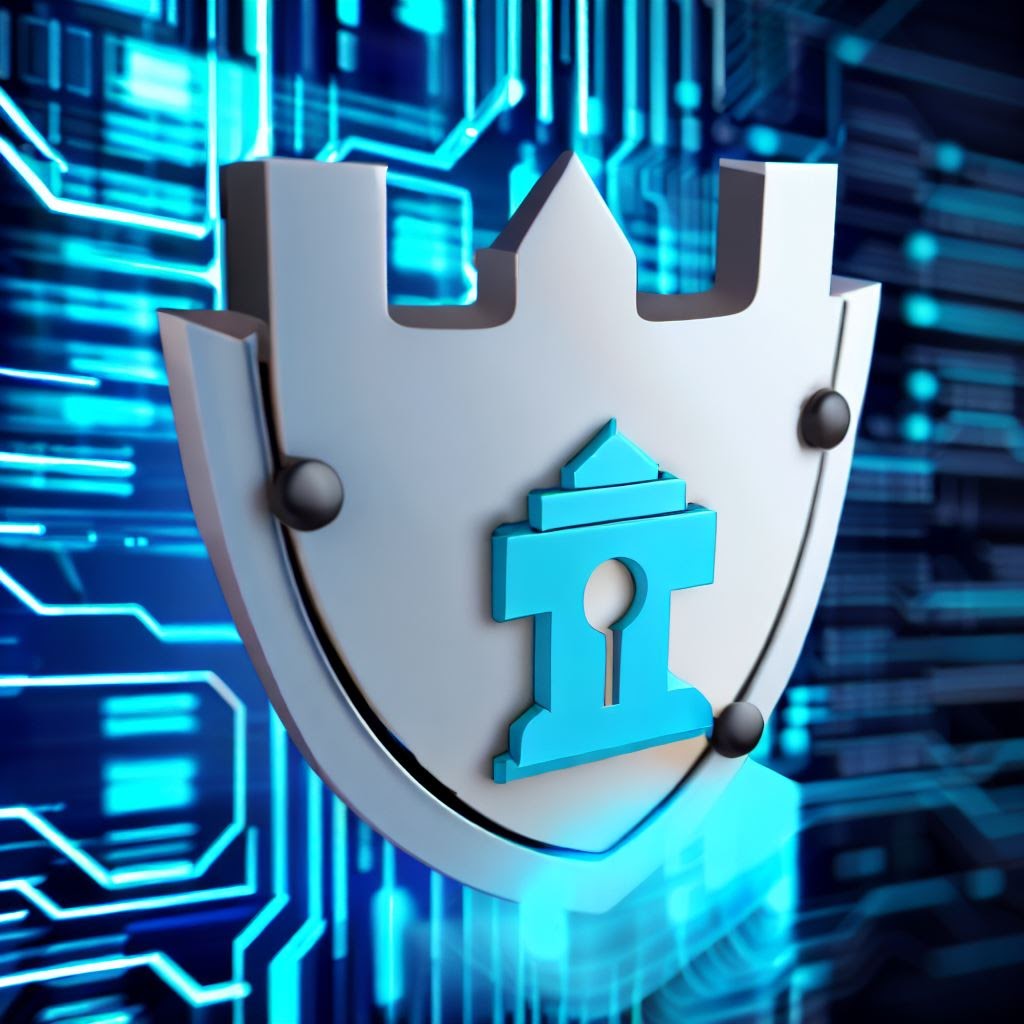In an era defined by the rapid digitization of information and the increasing reliance on technology, data security has become a paramount concern for individuals and organizations alike. The value of data, whether personal or business-related, cannot be overstated, making its protection a vital endeavor. This article aims to shed light on the importance of data security and provide valuable insights into safeguarding your digital assets.
Understanding Data Security
Data security encompasses a range of practices and measures designed to protect data from unauthorized access, disclosure, alteration, or destruction. It involves safeguarding data at rest (when stored), data in transit (when transmitted), and data in use (when actively processed). The importance of data security cannot be overstated for several key reasons:
Privacy Protection
Personal data, such as financial information, medical records, and identification details, must remain confidential. Data breaches can lead to identity theft, financial loss, and reputational damage. Strong data security safeguards privacy
2. Regulatory Compliance
Many countries and regions have enacted strict data protection laws. Complying with these regulations is essential to avoid hefty fines and legal consequences.
3. Business Continuity
For organizations, data is often the key of operations. Data loss or theft can disrupt business processes, lead to financial losses, and damage customer trust. Robust data security ensures business continuity.
4. Intellectual Property Protection
Companies invest in research and development to create intellectual property. Data security safeguards these valuable assets from theft.
Best Practices for Data Security
Now that we a basic understand why data security matters, let's explore some best practices to implement:
1. Strong Passwords
Use complex, unique passwords for each account or system. Consider using a password manager to help generate and store these passwords securely.
2. Encryption
Encrypt data both at rest and in transit. Encryption ensures that even if unauthorized parties gain access to the data, it remains indecipherable without the encryption keys.
3. Regular Updates
Keep all software, including operating systems and applications, up to date. Updates often contain security patches that address known vulnerabilities.
4. Multi-Factor Authentication (MFA)
Enable MFA wherever possible. This adds an extra layer of security by requiring users to provide multiple forms of verification to access their accounts.
5. Employee Training
Educate employees about data security best practices, such as recognizing phishing attempts and avoiding risky behaviors.
6. Data Backups
Regularly back up your data to secure, offline locations. This ensures data recovery in case of data loss or ransomware attacks.
7. Network Security
Employ firewalls, intrusion detection systems, and antivirus software to protect against network threats.
Conclusion
In a world where data is a prized asset, data security must be a top priority. The consequences of data breaches can be devastating, both on a personal and organizational level. By implementing robust data security measures, individuals and businesses can protect their digital fortresses, preserving privacy, complying with regulations, ensuring business continuity, and safeguarding intellectual property. Stay vigilant and proactive in the ever-evolving landscape of data security, for in doing so, you fortify your defense against potential threats.
Remember, data security is not a one-time effort but an ongoing commitment. Stay informed about emerging threats and continually adapt your security practices to stay ahead of cyber adversaries. Your digital assets are worth protecting, and with the right precautions, you can minimize the risks associated with the digital age.






No comments:
Post a Comment